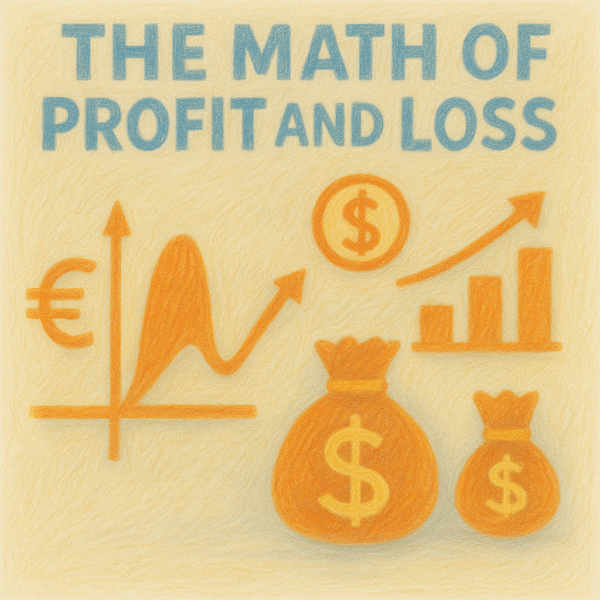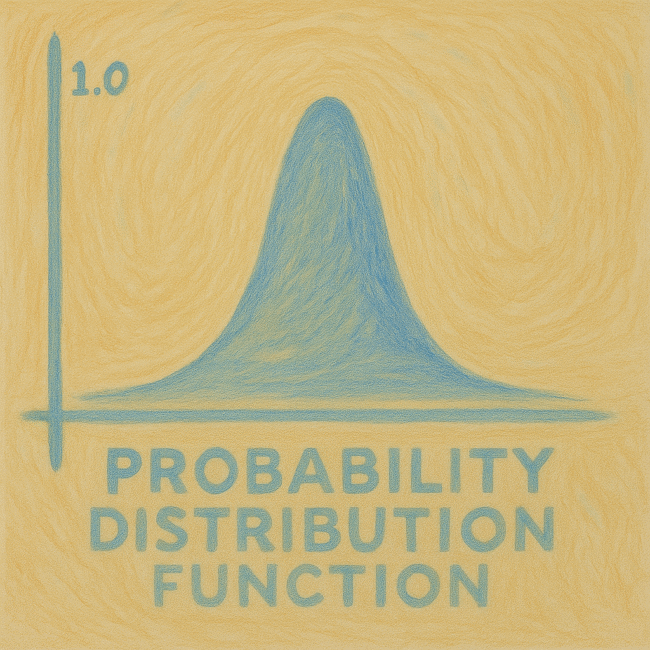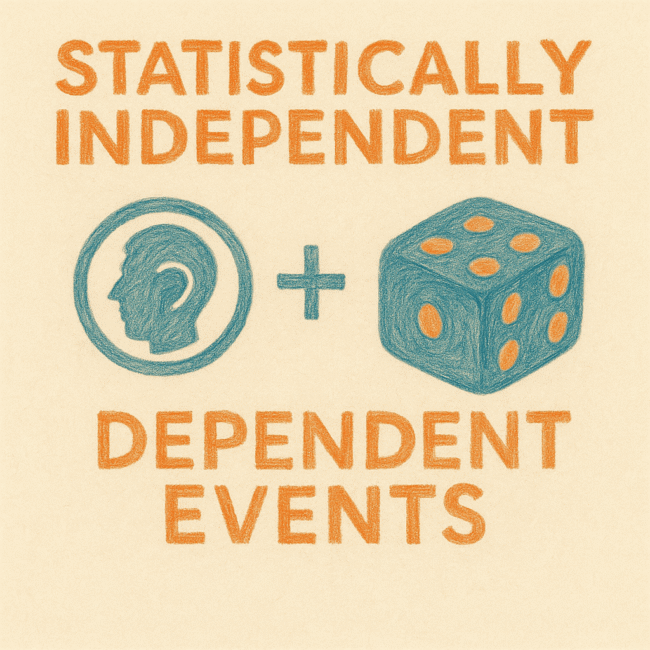Let’s say you are running a fresh fruit and vegetables shop. Running a small fresh fruits and vegetables shop comes with its own set of challenges — especially when your best-selling item is a box of fresh vegetables. These boxes fly off the shelves, but there’s a catch: they’re highly perishable and must be sold within a day. Each box costs you €20 to and you sell it for €50, really a good profit — if sold. However, The tricky part? You can’t predict exactly how many will sell on any given day. What you do have is a frequency distribution from past sales data of 100 days. And that’s what will help you to combine probability and profit — or loss. Let’s dive into how understanding probability distributions can help you make smarter, more profitable decisions.
Here is the sales data from the last 100 days into a frequency distribution, we can see how often different sales quantities occurred. This table doesn’t tell us the exact number of boxes we’ll sell tomorrow, but it gives us a clear picture of the sales patterns — the foundation for turning uncertainty into probabilities.
Frequency Distribution Table
|
Daily Sales |
No. of Days Sold |
Probability of Each Number Being Sold |
|
13 |
25 |
0.25 |
|
12 |
40 |
0.40 |
|
11 |
20 |
0.20 |
|
10 |
15 |
0.15 |
|
100 |
100 |
Table:1 frequency distribution table
Being a shopkeeper, your biggest problem is to run into loss. There are two types of losses (two types , just for a simplicity): 1)Obsolescence losses:You prepare so many boxes ond day and having to throw it away next day. 2) Opportunity losses: Caused by being out of vegetable boxes anytime the customer asks for it.
By comparing the demand with the stock on your shelves, you can quickly see if you’re perfectly stocked, carrying too much, or about to run out and miss a sale. Let’s see…
To make this more concrete, we can look at a simple table that matches possible customer requests with the stock you might have on hand. This way, you can quickly see the situations that lead to perfect sales, overstock, or missed opportunities.
Demand and Stock Options
|
Possible demand for no. of boxes |
Possible stock options and related losses | |||
|
10 |
11 | 12 |
13 |
|
|
10 |
0 |
20 | 40 |
60 |
|
11 |
30 |
0 | 20 |
40 |
|
12 |
60 |
30 | 0 |
20 |
|
13 |
90 |
60 | 30 |
0 |
Table 2: Demand and stock options
Here in this above table,
Calculation of Obsolescence losses:
If the demand is 10 boxes and you have stocked exactly 10 boxes, there is no loss.
If the demand is 10 boxes and you stock 11 boxes, you end up with 1 extra box. Since each box costs €20, this unsold box results in a loss of €20.
If the demand is 10 boxes and you stock 12 boxes, you end up with 2 extra boxes. Since each box costs €20, this unsold box results in a loss of €40.
Calculation of Opportunity losses:
If the demand is 10 boxes and you have stocked exactly 10 boxes, there is no loss.
If the demand is 11 boxes but you only stocked 10, you fall short by 1 box. Since you could have sold that box for a profit of €30 (selling price €50 minus cost €20), this results in an opportunity loss of €30.
If the demand is 11 boxes but you only stocked 10, you fall short by 2 boxes. Since you could have sold that 2 boxes for a profit of €60 (2boxes multiply (selling price €50 minus cost €20)), this results in an opportunity loss of €60.
Now , here you have option to stock 10 boxes, 11 boxes, 12 boxes or 13 boxes, let’s how much is the expected loss of stocking each number of boxes and how many you should stock to minimize the loss. Let’s calculate them.
Expected loss from stocking 10 boxes
|
Possible Demand |
Conditional Loss |
Probability of this demand from frequency distribution table. (Table:1) |
Expected Loss |
|
10 |
0 |
0.15 |
0 |
|
11 |
30 |
0.20 |
6 |
|
12 |
60 |
0.40 |
24 |
|
13 |
90 |
0.25 |
22.50 |
|
1.00 |
Loss : 52.50 |
Expected loss from stocking 11 cases
|
Possible Demand |
Conditional Loss |
Probability of this demand |
Expected Loss |
|
10 |
20 | 0.15 |
3 |
|
11 |
0 | 0.20 |
0 |
|
12 |
30 | 0.40 |
12 |
|
13 |
60 | 0.25 |
15 |
|
1.00 |
Loss : 30 |
Expected loss from stocking 12 cases
|
Possible Demand |
Conditional Loss |
Probability of this demand |
Expected Loss |
|
10 |
40 |
0.15 |
6 |
|
11 |
20 |
0.20 |
4 |
|
12 |
0 |
0.40 |
0 |
|
13 |
36 |
0.25 |
7.5 |
|
1.00 |
Loss : 17.50 |
Expected loss from stocking 13 cases
|
Possible Demand |
Conditional Loss |
Probability of this Demand |
Expected Loss |
|
10 |
60 |
0.15 |
9 |
|
11 |
40 |
0.20 |
8 |
|
12 |
20 | 0.40 |
8 |
|
13 |
0 | 0.25 |
0 |
|
1.00 |
Loss: 25 |
So here, Answer is easy, you stock 12 boxes to minimize the loss.
I’ve kept the explanation simple here, just to give a basic sense of how probability distribution can be combined with a profit and loss aspect of the business. However, In real life, demand can swing wildly — from zero boxes on some days to as many as 50 on others. Trying to calculate losses for every possible scenario using the above method would quickly turn into a computational nightmare. That’s why, in a future blog (a few months down the line), we’ll explore how decision theory can provide a smarter way to handle this challenge.




